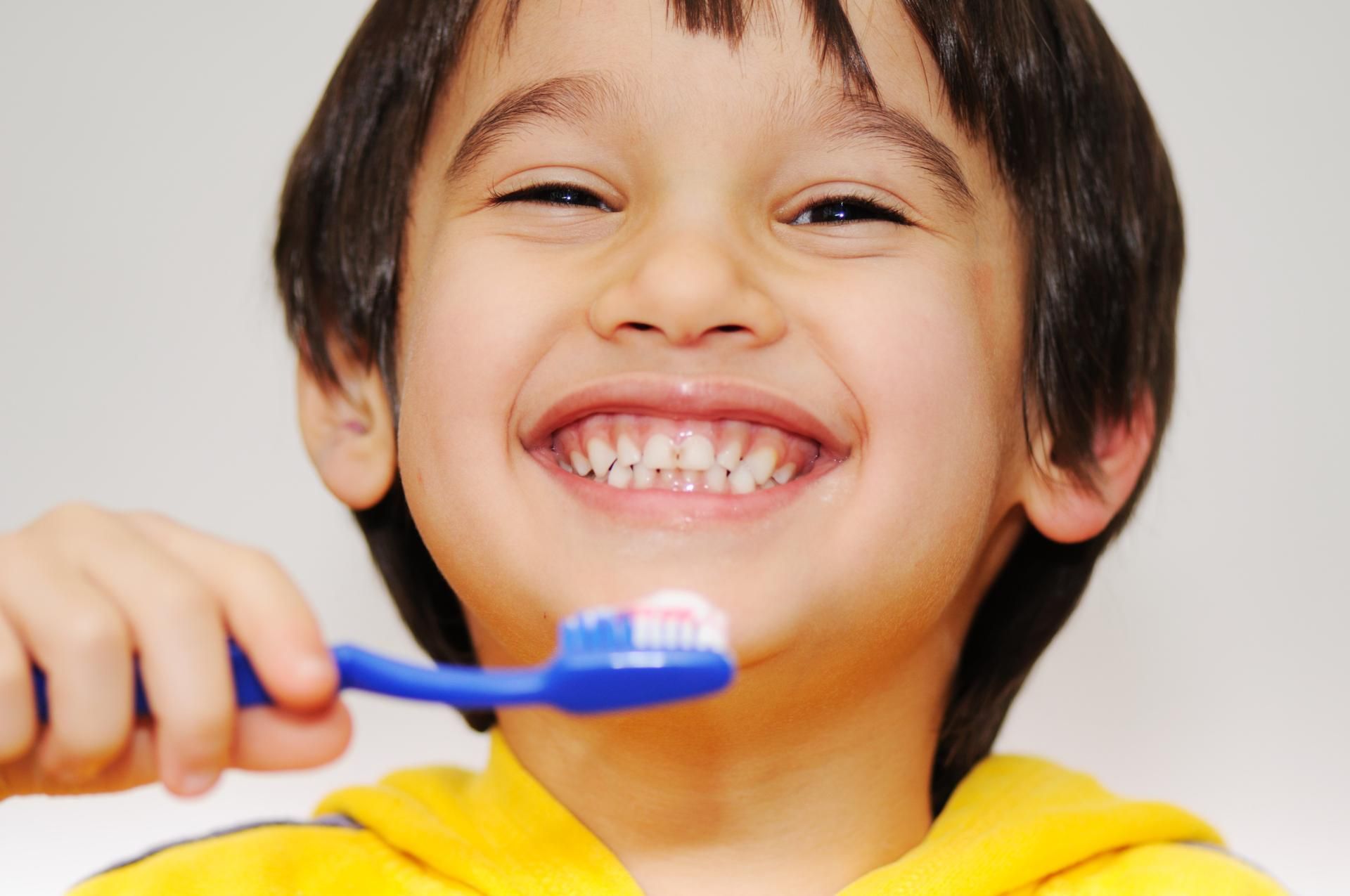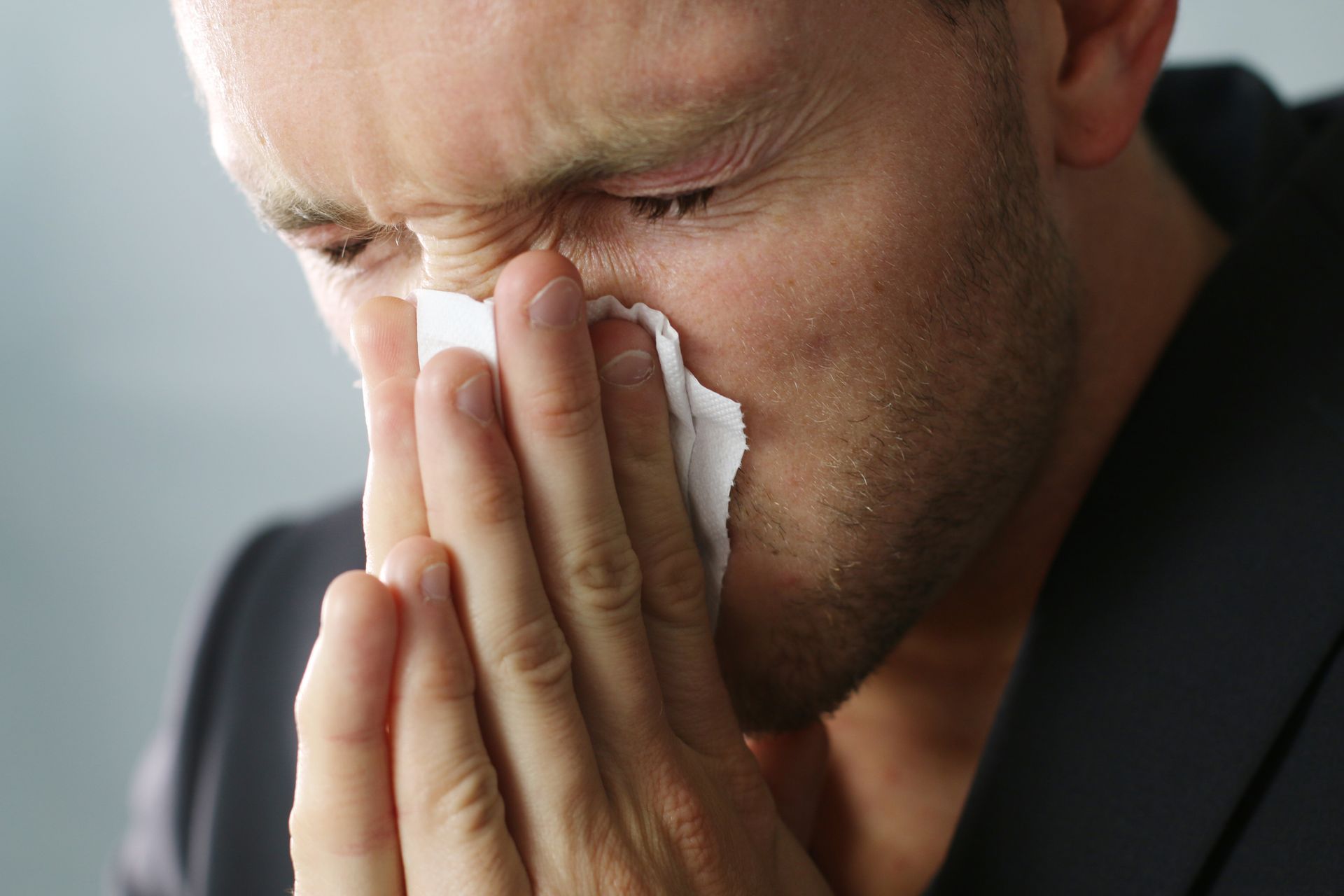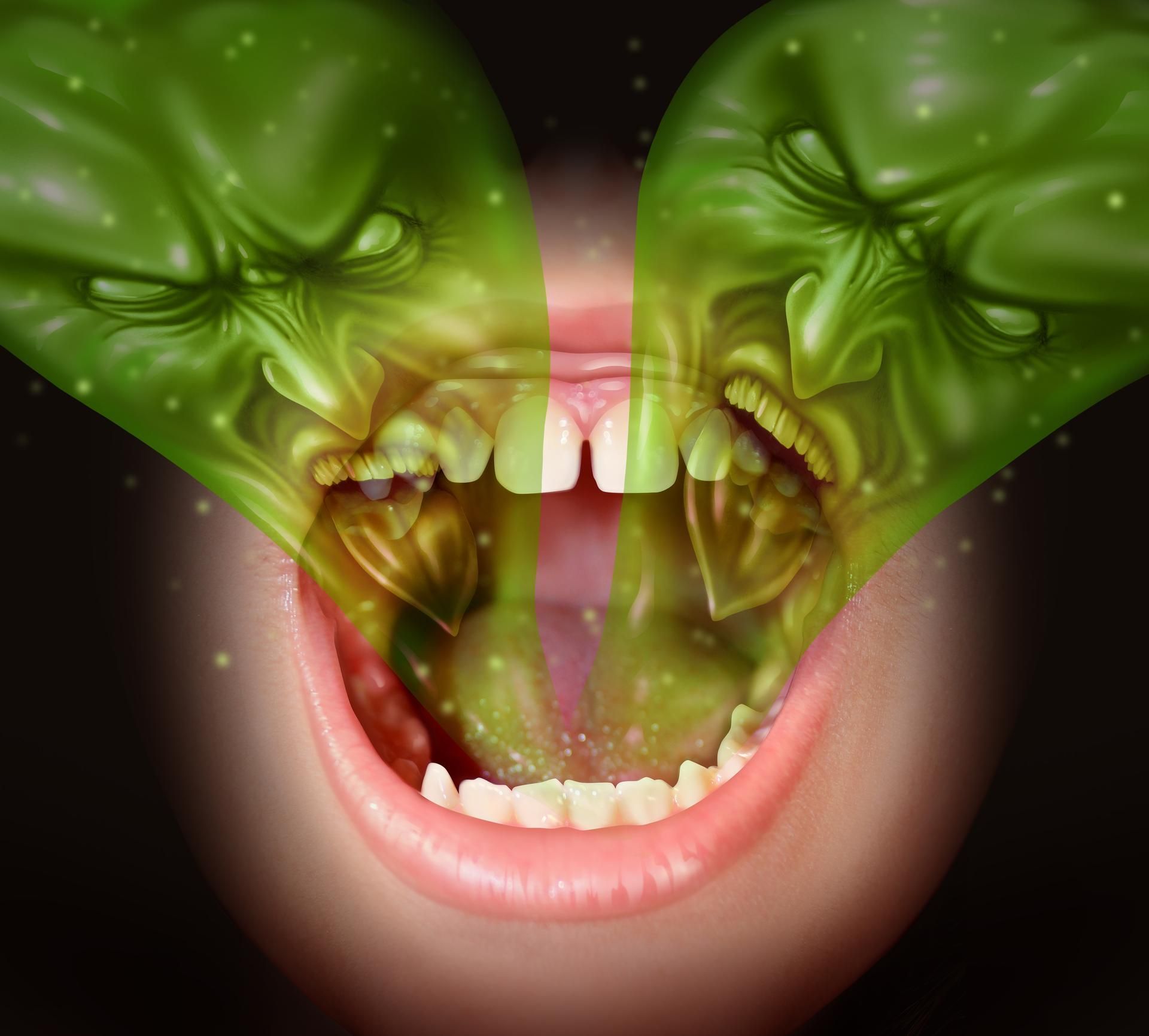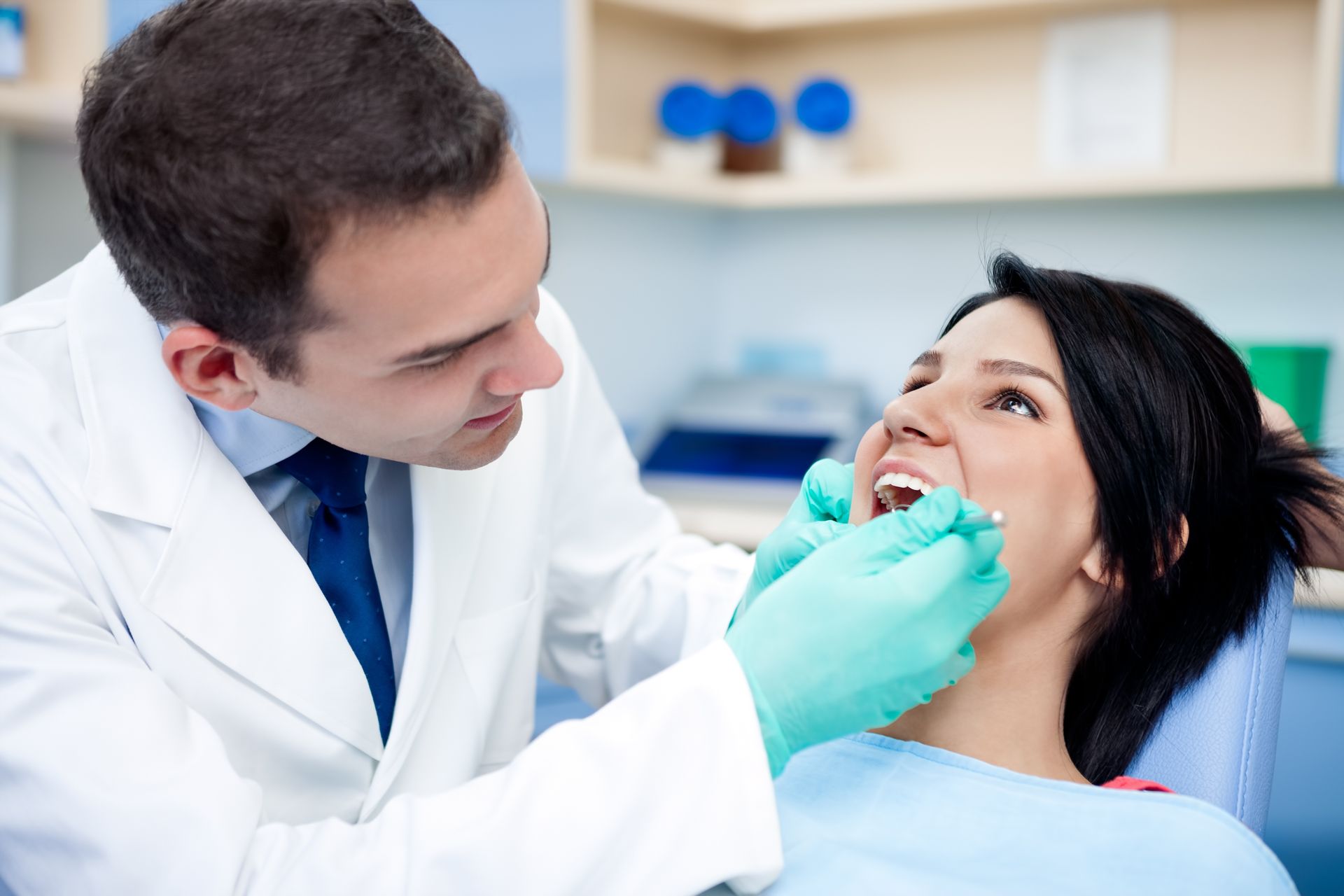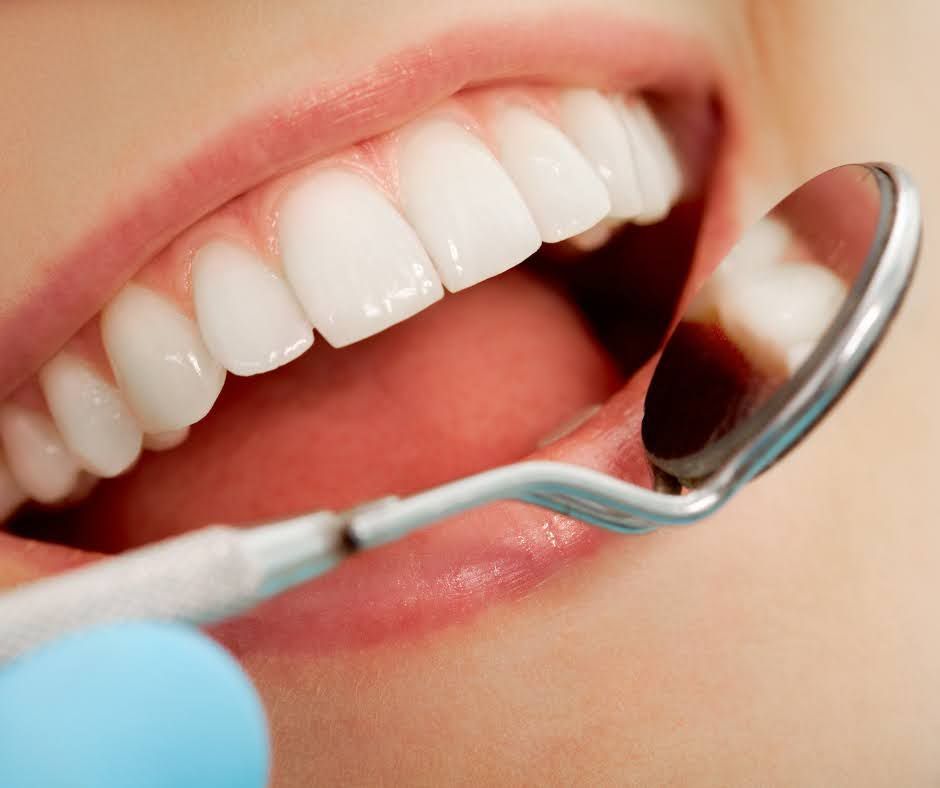General Stages of Impacted Tooth Extraction
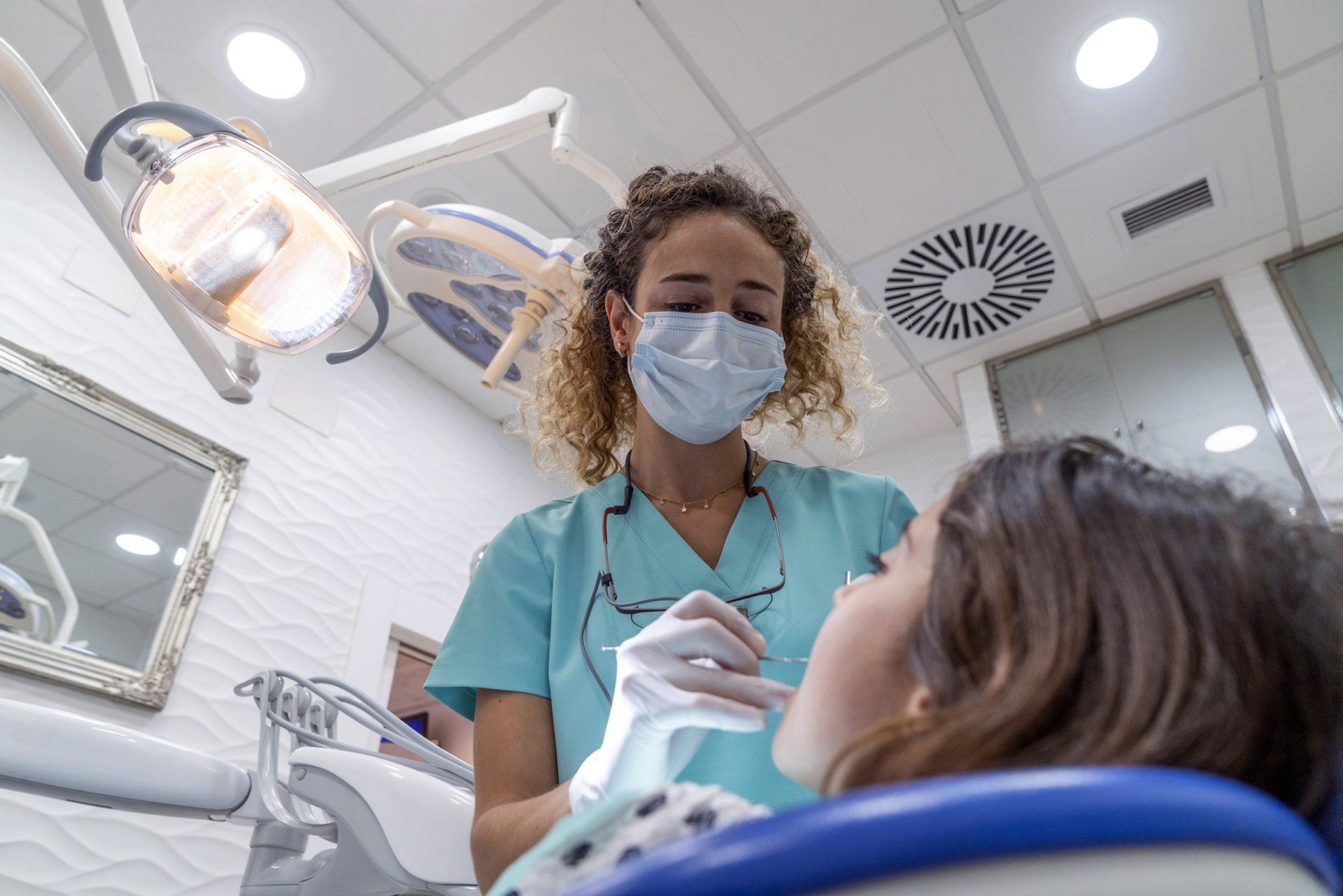
Some teeth fail to grow fully out of the gums, for example, due to overcrowding. Impaction is more likely to affect the wisdom teeth, the hindmost molars, more than other teeth. Impacted teeth are usually painful and can affect adjacent teeth, so people usually extract them.
Pain Management
Impacted tooth extraction is an invasive procedure since it involves considerable tissue damage. Your dentist will numb or sedate you during the procedure. The numbing or sedation shields you from the surgery's pain and allows the dentist to focus on their work without your interruptions. Dentists use three main pain management procedures.
Local anesthesia is the usual choice for simple extractions. The dentist will give you the medication as an injection or topical application. Local anesthesia numbs the targeted area but does not put you to sleep or make you unconscious.
General anesthesia, which puts you to sleep, is only an option in a few cases. For example, you may get general anesthesia if the dentist expects the extraction to be lengthy and complicated. General anesthesia also suits those with extreme forms of dental phobia. The anesthesiologist will give you the drug intravenously, orally, or as an injection.
The last option is sedation, which numbs the targeted area, eliminates pain, and suppresses your consciousness. You get general anesthesia intravenously.
Tissue Removal
The dentist will move to the next step, which involves tissue removal, once the pain management medication is in your system. Since the impacted tooth sits fully or partially under your gum line, the dentist must remove some tissue to see the whole tooth, including its roots.
Thus, the dentist will make some incisions on the soft tissues covering the tooth. The dentist may even remove some bone tissues blocking access to the tooth's roots.
Extraction
The tooth extraction depends on how deep the tooth lies in the gums or jawbone, the nature of the tooth's roots, and the tooth's condition. For example, the dentist may break up the tooth into pieces for easy removal if it's stuck. In such a case, simply forcing out the tooth might damage surrounding tissues.
If the tooth has simple roots and does not risk damage to nearby tissues, the dentist will loosen it with surgical instruments. Once the tooth is loose, the dentist will use dental forceps to pull it out. In many cases, the dentist will not know the best extraction technique until they see the impacted tooth and its condition.
Cleaning
The dentist will clean the surgical site once they confirm every piece of the impacted tooth is out. The cleaning removes debris, such as pieces of tooth and bone tissues, which might clog the site. Such tissues might decay onsite or attract bacteria, which might delay healing.
Stitching
The dentist might stitch the surgical site or leave it as it is. Stitching has several benefits; for example, it:
- Minimizes bleeding
- Encourages tissue healing
- Reduces the risk of infections
The decision to stitch you depends on how much tissue damage you suffer during the extraction. For example, large teeth, those with complex roots, and heavily impacted teeth usually cause extensive tissue damage. Thus, the dentist will likely stitch you if you have such a case.
Weaning From Pain Management Drugs
The last step is for you to come out of the influence of your pain management drugs. This step depends on the pain management drugs your dentist administers. For example:
- Local anesthesia has minimal effects and usually wears off by itself after some time.
- Sedation requires continuous administration throughout the procedure, so the dentist will stop its administration after the surgery.
- The anesthesiologist will reverse your medication to wake you up if you get general anesthesia.
Whatever the case, the dentist will put you in an observation area for some time before they send you home.
Carlino & Paton DDS, PC offers a broad range of dental services, from preventive to surgical treatments.
Contact us for a consultation on your impacted tooth or any other dental problem.
Contact Information
Address: 51190 D W Seaton Drive New Baltimore, MI 48047
Phone: 586-725-9898
Fax: 586-725-4470
Business Hours
Monday: 9:30 am - 6:00 pm
Tuesday: 9:00 am - 6:00 pm
Wednesday: 9:00 am - 6:00 pm
Thursday: 8:30 am - 6:00 pm
Friday: 8:30 am - 12:30 pm
Saturday: 9:00 am - 2:00 pm
Open One Saturday a Month
Contact Information
Address: 51190 D W Seaton Drive New Baltimore, MI 48047
Phone: 586-725-9898
Fax: 586-725-4470
Business Hours
Monday: 9:30 am - 6:00 pm
Tuesday: 9:00 am - 6:00 pm
Wednesday: 9:00 am - 6:00 pm
Thursday: 8:30 am - 6:00 pm
Friday: 8:30 am - 12:30 pm
Closed Saturday and Sunday

